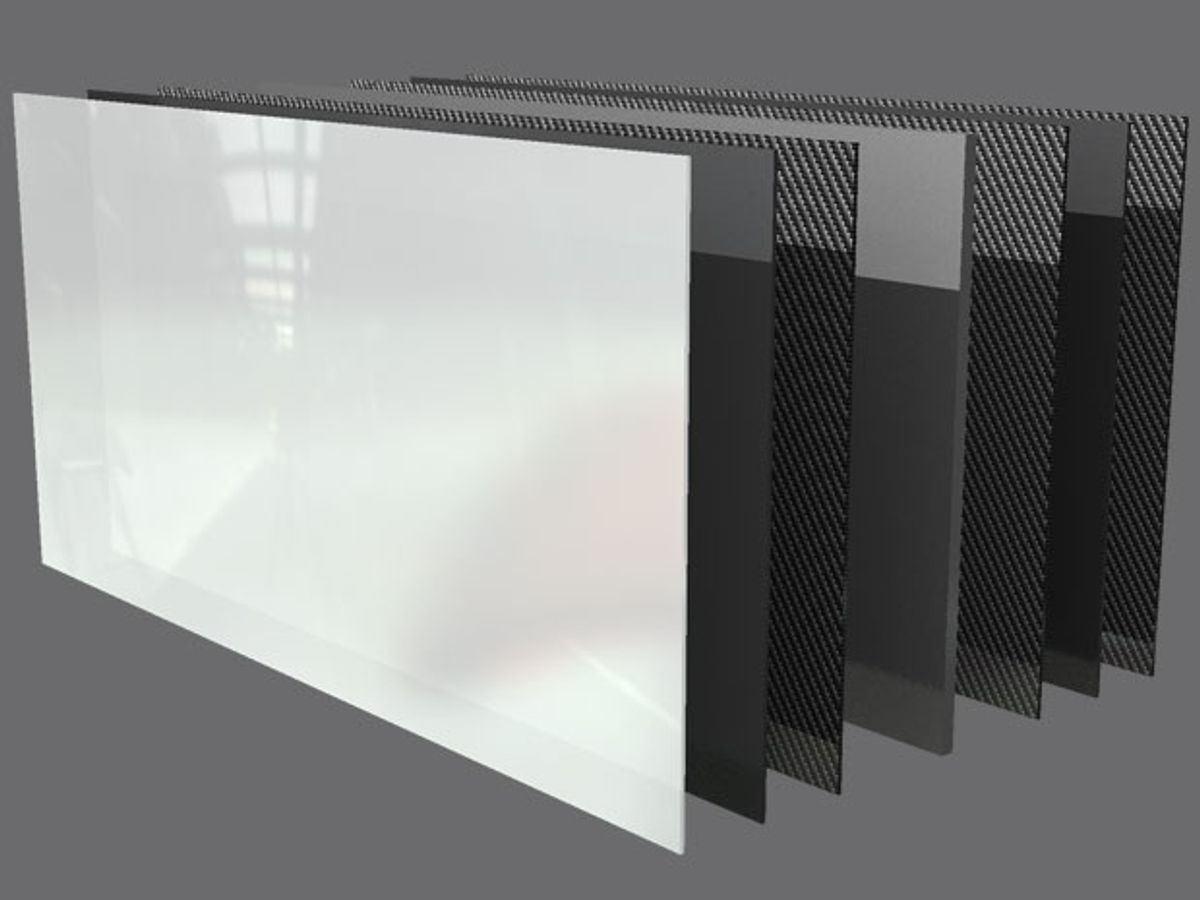Breakthroughs in energy generation using nanomaterials—like their enabling of better supercapacitors or photovoltaics—often grab the headlines. But it is in the unheralded area of energy savings that nanomaterials are perhaps making the biggest inroads.
A startup in the UK called Xefro is bridging this divide between energy generation and energy savings through its development of a heating system that the company claims marks the first time that the “wonder material” graphene has been used as a heating element. Depending on the kind of heating system currently used in a home, the company estimates that this graphene-based heating system can reduce energy costs by anywhere from 25 to 70 percent.
Xefro uses graphene-based ink that can be printed on a variety of materials and into just about any configuration. The system takes advantage of graphene's minimal thermal mass so the heat can be turned on and off quickly, and leverages graphene’s large surface area so that energy isn’t wasted in heating up the heater itself.
“The innovation is all about getting useable heat where it is needed,” explained Tim Harper, a founder of Xefro and co-inventor of the graphene heating element, in an e-mail interview with IEEE Spectrum (full disclosure: I used to work for Harper at a nanotech consultancy called Cientifica Plc). “While it is true that electrical resistive heating is almost 100-percent efficient in converting electricity into heat, it is what happens to that generated heat that is critical.”
Traditional heating systems are very inefficient in that they require heat to be transferred to multiple materials: for example, heating up water to heat up a radiator which heats up air and then finally heats up objects in a room, according to Harper.
He added: “Our initial question was ‘How can we get the heat directly to where it needed?’ and that led us to evaluate a wide range of heating materials and systems before we finally arrived at graphene.”
To meet the company’s criteria that the material should be usable in a wide variety of shapes and sizes, Harper and his collaborators turned to graphene inks. “This is especially important for water heating, where we wrap the flexible graphene element around a hot water tank,” says Harper. “By varying the ink formulation, we can change the resistivity of the heating element and its thickness depending on the required application.”
Once Xefro made the decision to use graphene, it wanted to avoid the mistake made by the producers of other infrared heating products now available on the market: placing the heating element inside a metal box that reflects back most of the infrared energy, creating an electrical convection heater rather than a true radiant heater.
“By selecting the right materials and understanding enough about the physics of heat transfer, we’ve been able to tune the heater to emit infrared in the part of the spectrum that gives the most efficient heating effect,” explained Harper. “Further, by selecting the right materials for the construction of the heater, we can reduce absorption of infrared to the minimum and ensure that most of the heat is emitted [out into the room] rather than simply heating up the wall behind the heater.”
While graphene does offer some attractive properties for reducing wasted energy, it is the combination of the graphene-based heating element with an electronic control system that provides the real cost savings.
“Because graphene gives us an instant on/off response, this allows a number of smart switching algorithms to be used,” says Harper. “The energy savings come when the heaters are deployed as a system throughout a building. The heaters are linked with the control system via Wi-Fi, allowing the system to learn your behavior as well as the optimum heating required to maintain a comfortable temperature.”
Harper says the systems will be available in July 2015 through Xefro’s distributors in the UK. It will also be expanding into other markets, with partners and distributors making them available later in the year.
Editor’s note: A disclosure statement was added on June 3, 2015.
Dexter Johnson is a contributing editor at IEEE Spectrum, with a focus on nanotechnology.



